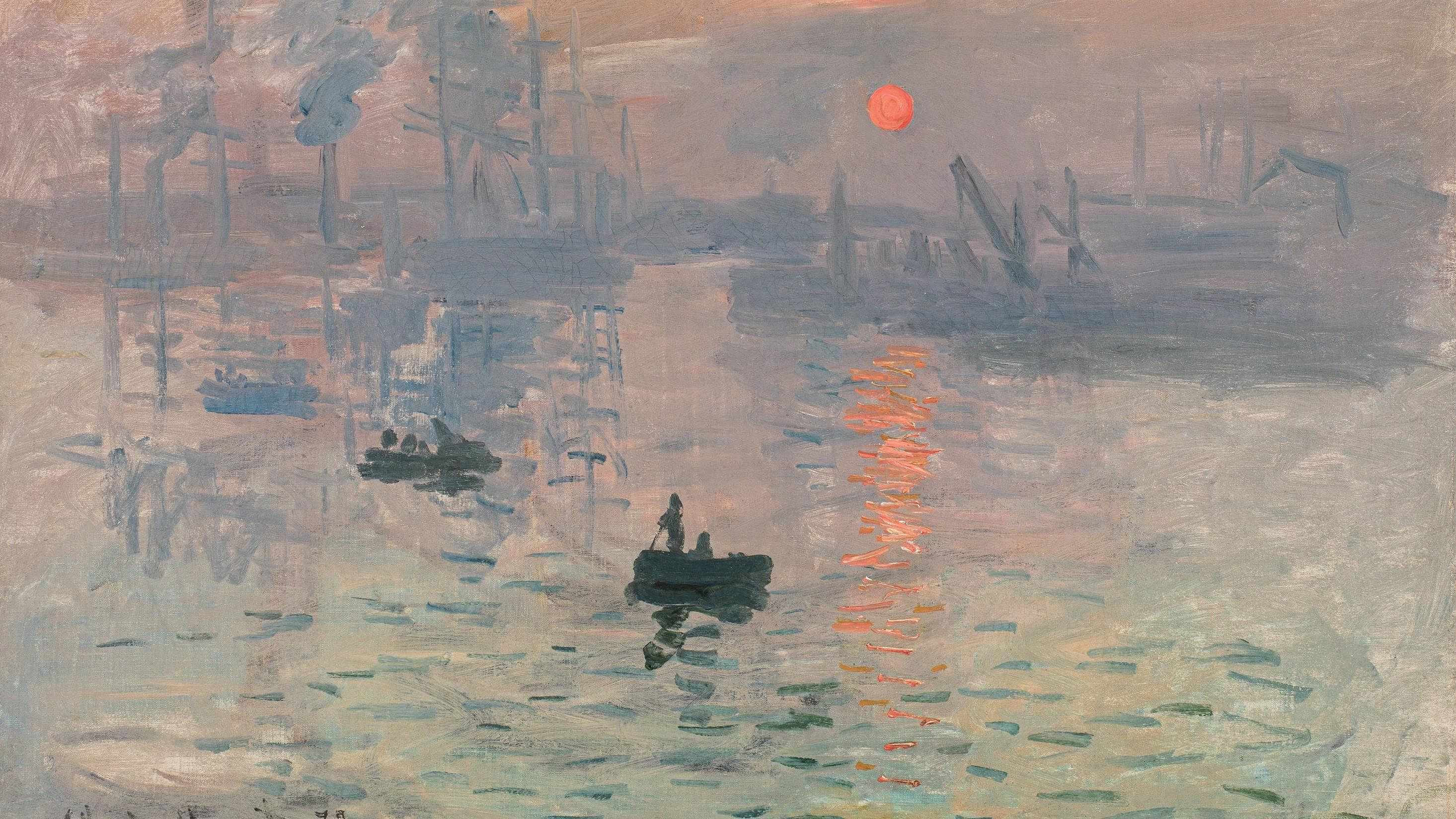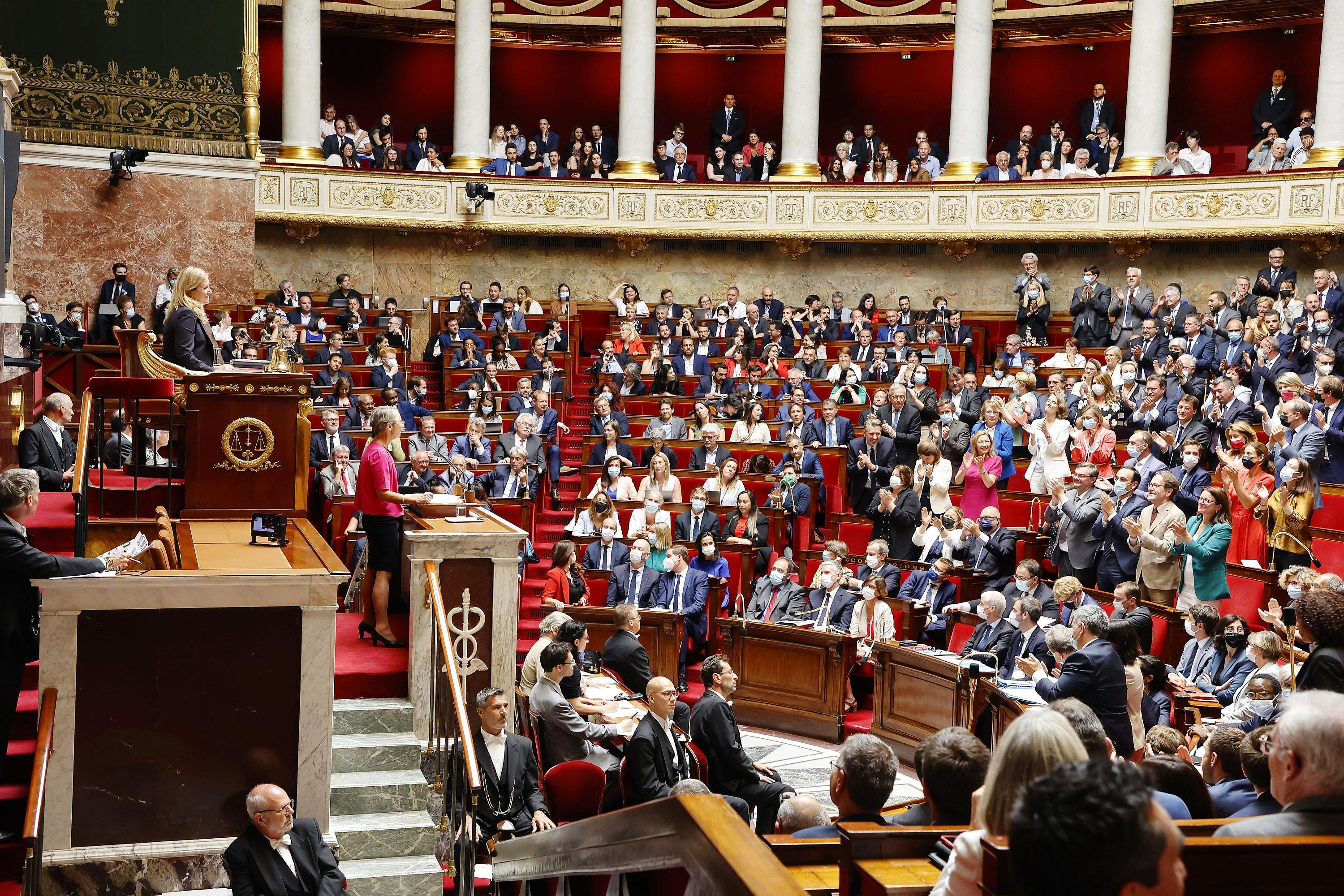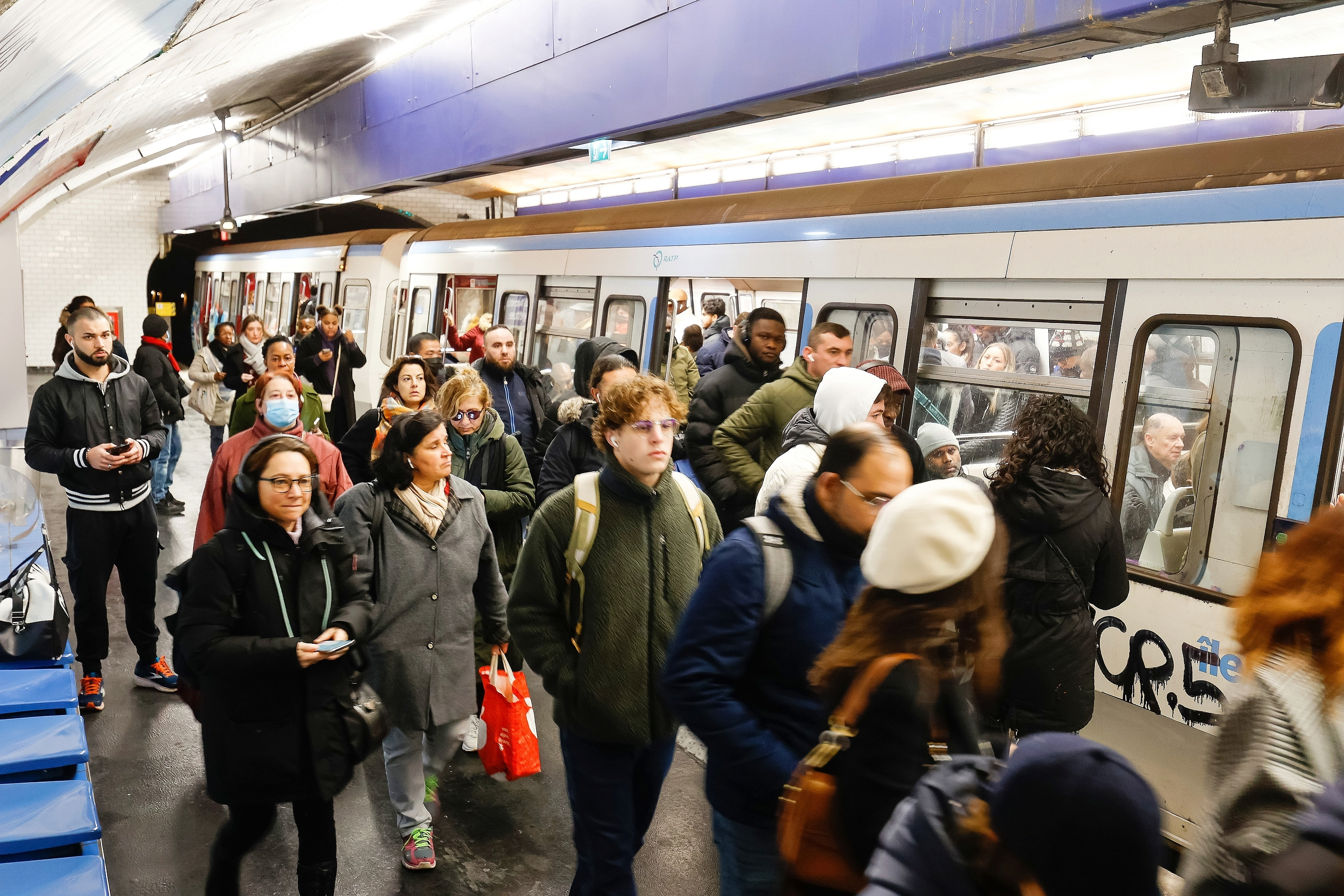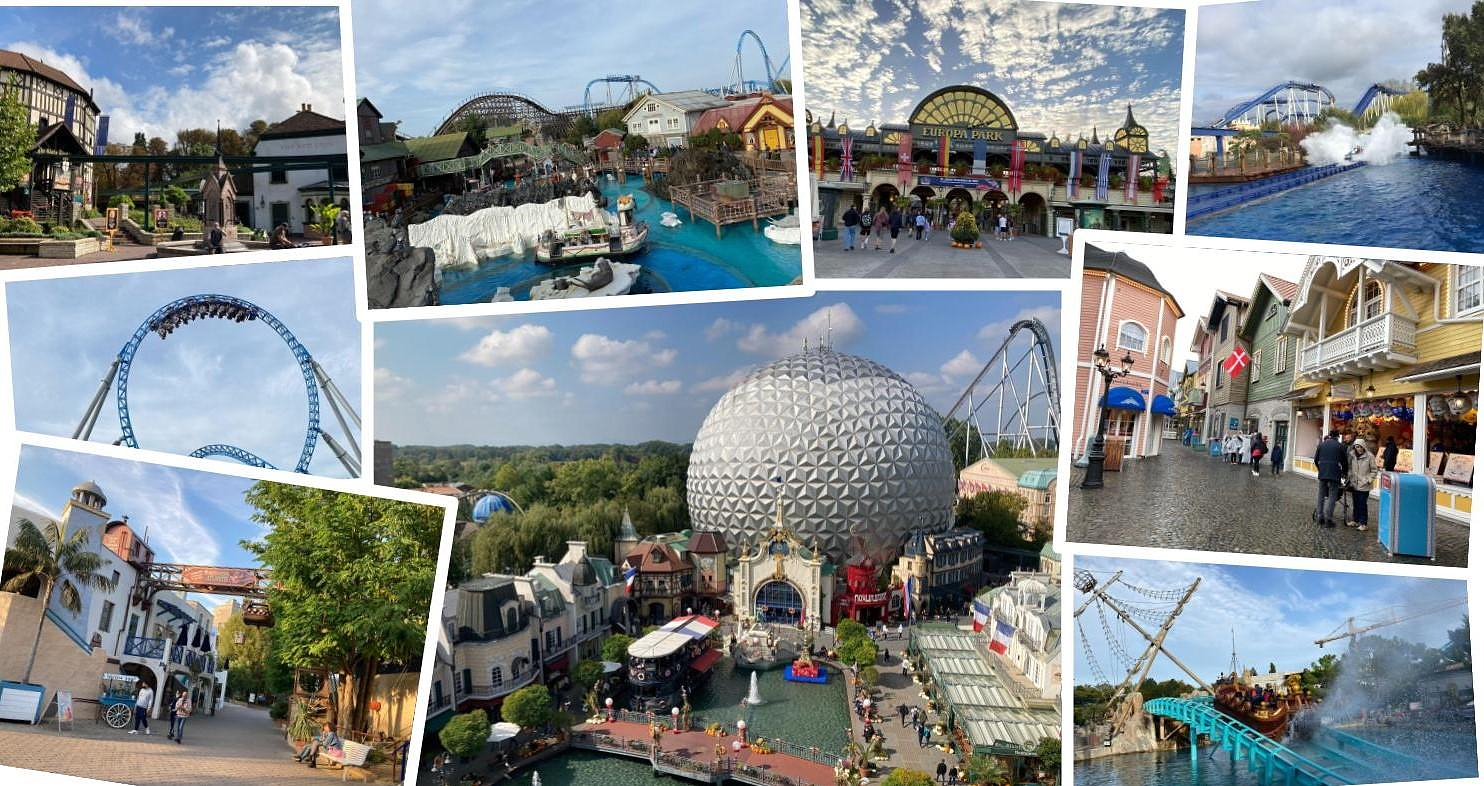This article is taken from the Figaro Hors-série Paris 1874, Impressionisme-Soleil levant, a special issue published one hundred and fifty years after the first impressionist exhibition commemorated by the Musée d'Orsay which brought together, in a striking face-to-face, a wide selection of works which were then revealed to the public. To be kept up to date with historical and cultural news, subscribe free of charge to the Lettre du Figaro Histoire.
When he saw it from his window, the sun in the mist and in front of some masts, and the anxiety of catching it rose within him, it came back to him like a packet of spray. His very first stays on the Normandy coast with Boudin first, then Renoir, and Bazille, rest his soul... and Sisley, and Jongkind. Already the urgency to paint, and without a valiant penny. Their stay in Trouville, the summer of 1870. Monet had just married Camille. The supportive looks from the people behind his back as the first wounded were brought back from the front: he was old enough to be mobilized. His desire to paint, even stronger than any patriotism. Jean, so small, and his mother: he no longer had money to provide for them. His departure for London, pushed by Camille, worries that he will change his mind. The sea and the gray sky. His meeting in exile with Daubigny and Paul Durand-Ruel, who became the friend and dealer of the Impressionists. The National Gallery, where they and Pissarro had gone to see how the British had managed to translate so much fog and so little light into painting. And the blur of Whistler. Turner and his views of the Seine had told his heart how much, deep down, he missed France. And then there were rumors of civil war immediately after the armistice. Renoir's letters which recounted the fights, the shootings, the looting, the fires, that the Parisians had eaten the animals of the Jardin des Plantes and had warmed themselves with the trees of the squares and boulevards. The departure for Holland, its innumerable nuances, how to distinguish air from water? Every sunrise was a question: When will they be able to return? Promise of a new day. Urgency to paint, quickly, to live, to exist.
Also read: Michel De Jaeghere: “Impressionism, an aesthetic revolution in the shadow of the old masters”
In the room of the Hôtel du Havre where he is, he sets up his easel and makes his brushes dance, in haste, because every moment the sun changes place. Its color and that of the sky are transformed. How do we fix what’s missing? He thinks of the Japanese prints that all of Paris is snapping up. Their authors have often tried like him to stop the sun, to extend its course on a piece of paper. There is the work of men, the port which is being organized, all these industrial projects which we hear about everywhere, the stations, the ports, the bridges. The teeming and anonymous life that the rising sun shrouds with eternity. Purple smoke, gray and blue mists, masts, cranes and chimneys. Suddenly, a boat and two silhouettes. Shadows on the water and under the sky.
They found Paris teeming with workers, barges, scaffolding. The skeleton of the Tuileries had made a strange impression on him. And Courbet who was in prison! He had found Renoir with pleasure. His works from Holland, so full of sunshine, sold well. Manet found them beautiful. At the end of 1871, they settled in Argenteuil, a fifteen-minute train journey from Saint-Lazare station. Their first real home. He hung his Hokusai prints on the walls, bought for a pittance in Holland, and of which he is so proud. Now that the money is coming in, it is he who pays for his shots, who receives his friends, Renoir, Sisley, Manet. Camille is happier and Jean has round cheeks. And he travels the countryside and the city, on foot, by train, and captures on his canvases the scars of war, and all the forms that reconstruction takes. What also remains, the games of a child, Camille in the garden.
Quickly, a smaller spot for a second boat, a little further to the left, and another, lost in the reflections of the masts, for a third boat a little further away. The reflections of the sun, pink and orange, spread out and then are lost on the water, and all the way to the painter. It is 7:35 a.m. on November 13, 1872. With one breath, Monet calms the anxiety that crushes him every time he tries to stop time. He puts down his brushes without signing or dating what is only a sketch, a sketch of a moment. When two years later it came to providing the very first manifestation of an impressionist group, he hesitated a little before exhibiting it, cautiously and as it was, under the title Impression, rising sun. Without suspecting for a moment the significance that this term would have for the future, nor the emblematic value that his canvas still endorses.
Paris 1874. Impressionism, rising sun, Le Figaro Special Edition. €14.90, available on newsstands and on Figaro Store.

 Who was Dror Or, the Israeli father who died as a hostage in the hands of Hamas?
Who was Dror Or, the Israeli father who died as a hostage in the hands of Hamas? “Pay in cash”: at his trial, Donald Trump faced with an embarrassing recording
“Pay in cash”: at his trial, Donald Trump faced with an embarrassing recording Italy: a grandmother accidentally serves a bottle filled with wine to a baby, he has an alcoholic coma
Italy: a grandmother accidentally serves a bottle filled with wine to a baby, he has an alcoholic coma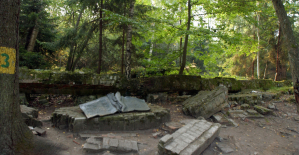 The mysterious skeletons of Hermann Göring's villa
The mysterious skeletons of Hermann Göring's villa Children born thanks to PMA do not have more cancers than others
Children born thanks to PMA do not have more cancers than others Breast cancer: less than one in two French women follow screening recommendations
Breast cancer: less than one in two French women follow screening recommendations “Dazzling” symptoms, 5,000 deaths per year, non-existent vaccine... What is Lassa fever, a case of which has been identified in Île-de-France?
“Dazzling” symptoms, 5,000 deaths per year, non-existent vaccine... What is Lassa fever, a case of which has been identified in Île-de-France? Sánchez cancels his agenda and considers resigning: "I need to stop and reflect"
Sánchez cancels his agenda and considers resigning: "I need to stop and reflect" Health carpooling, this source of savings which arouses the ire of patients and taxis
Health carpooling, this source of savings which arouses the ire of patients and taxis Tesla Model 3, MG4 and Dacia Spring.... With the end of the ecological bonus, these electric cars produced in China are seeing their sales fall
Tesla Model 3, MG4 and Dacia Spring.... With the end of the ecological bonus, these electric cars produced in China are seeing their sales fall For the 2024 Olympics, Airbnb commits to fighting prostitution in its accommodation
For the 2024 Olympics, Airbnb commits to fighting prostitution in its accommodation “Shrinkflation”: supermarkets obliged to alert their customers from July 1
“Shrinkflation”: supermarkets obliged to alert their customers from July 1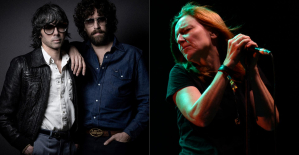 The electro of Justice and the echoes of Portishead
The electro of Justice and the echoes of Portishead 1924 Olympic Games: according to his daughter, the hero of Chariots of Fire was “not a bigot”
1924 Olympic Games: according to his daughter, the hero of Chariots of Fire was “not a bigot”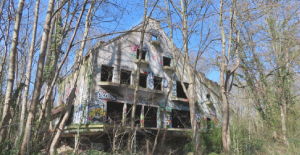 The “German Brothel” in Yvelines: an uncertain future for the ruined residence
The “German Brothel” in Yvelines: an uncertain future for the ruined residence The eye of the INA: when Paul Auster visited Bernard Pivot
The eye of the INA: when Paul Auster visited Bernard Pivot Omoda 7, another Chinese car that could be manufactured in Spain
Omoda 7, another Chinese car that could be manufactured in Spain BYD chooses CA Auto Bank as financial partner in Spain
BYD chooses CA Auto Bank as financial partner in Spain Tesla and Baidu sign key agreement to boost development of autonomous driving
Tesla and Baidu sign key agreement to boost development of autonomous driving Skoda Kodiaq 2024: a 'beast' plug-in hybrid SUV
Skoda Kodiaq 2024: a 'beast' plug-in hybrid SUV The home mortgage firm rises 3.8% in February and the average interest moderates to 3.33%
The home mortgage firm rises 3.8% in February and the average interest moderates to 3.33% This is how housing prices have changed in Spain in the last decade
This is how housing prices have changed in Spain in the last decade The home mortgage firm drops 10% in January and interest soars to 3.46%
The home mortgage firm drops 10% in January and interest soars to 3.46% The jewel of the Rocío de Nagüeles urbanization: a dream villa in Marbella
The jewel of the Rocío de Nagüeles urbanization: a dream villa in Marbella Facing Jordan Bardella, the popularity match turns to Gabriel Attal’s advantage
Facing Jordan Bardella, the popularity match turns to Gabriel Attal’s advantage Europeans: a senior official on the National Rally list
Europeans: a senior official on the National Rally list Blockade of Sciences Po: the right denounces a “drift”, the government charges the rebels
Blockade of Sciences Po: the right denounces a “drift”, the government charges the rebels Even on a mission for NATO, the Charles-de-Gaulle remains under French control, Lecornu responds to Mélenchon
Even on a mission for NATO, the Charles-de-Gaulle remains under French control, Lecornu responds to Mélenchon These French cities that will boycott the World Cup in Qatar
These French cities that will boycott the World Cup in Qatar Monaco - Clermont: Minamino cornerstone, Fofana essential, the Clermont defense overwhelmed... The tops and the flops
Monaco - Clermont: Minamino cornerstone, Fofana essential, the Clermont defense overwhelmed... The tops and the flops Gymnastics: two gold medals for the Italian Manila Esposito during the European Championships
Gymnastics: two gold medals for the Italian Manila Esposito during the European Championships Champions Cup: in pain, Leinster beats Northampton and qualifies for the final
Champions Cup: in pain, Leinster beats Northampton and qualifies for the final Liga: Real Madrid crowned champion of Spain after FC Barcelona's defeat in Girona
Liga: Real Madrid crowned champion of Spain after FC Barcelona's defeat in Girona